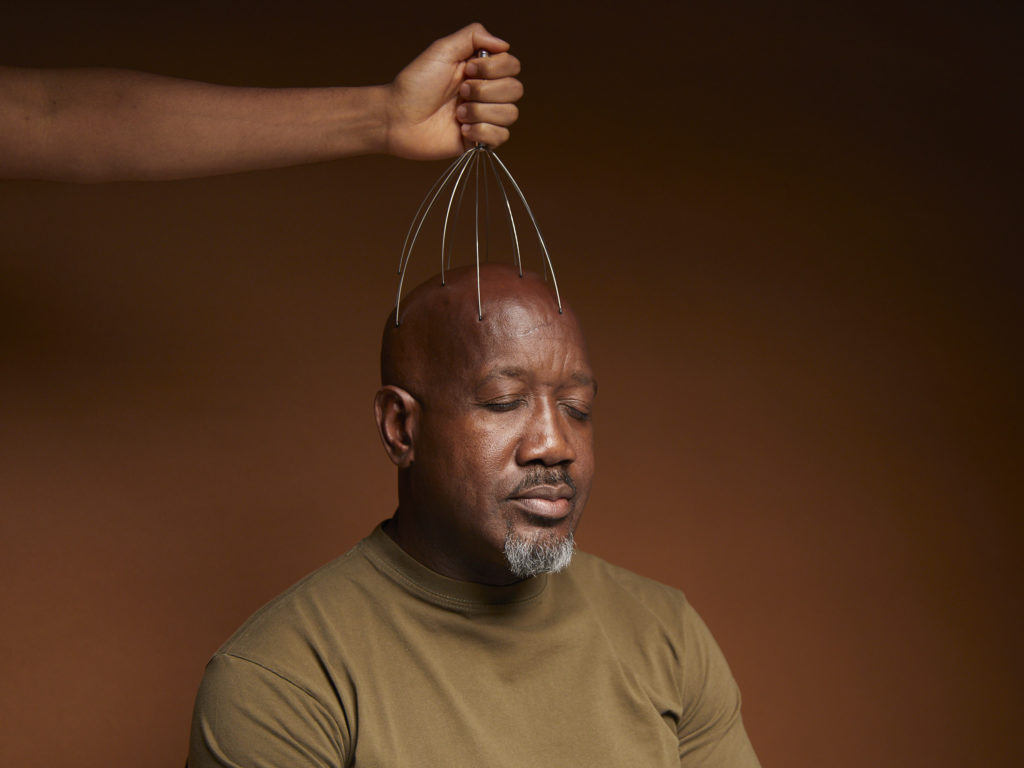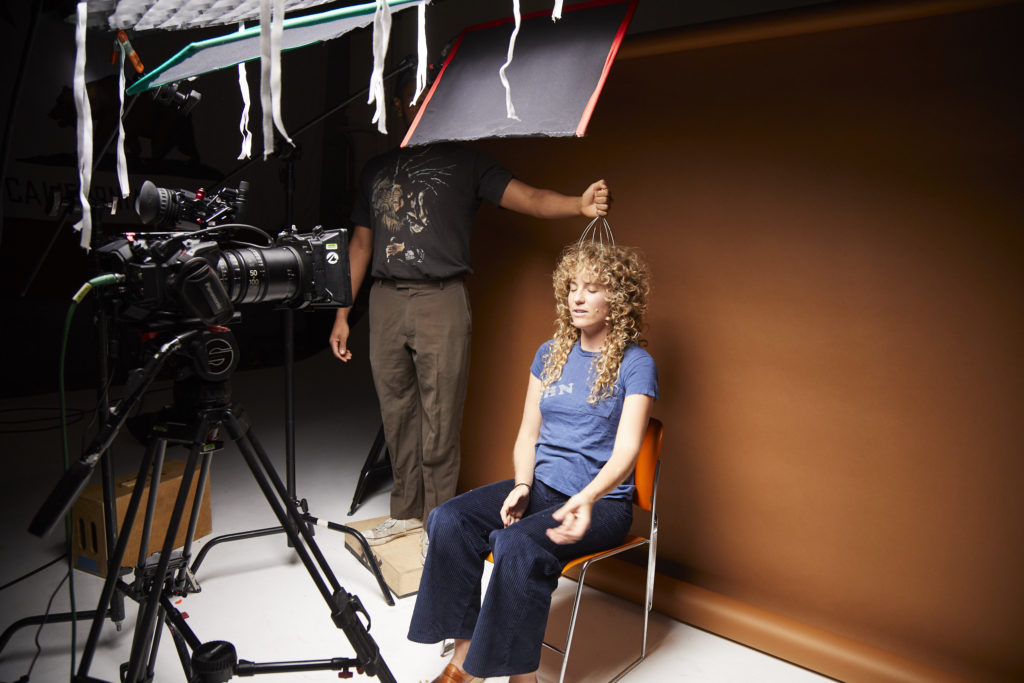January 4, 2020
3 min read
Currently a big trend on YouTube, ASMR is an acronym for "Autonomous Sensory Meridian Response". The videos are intended to help people relax and sometimes give the viewer a "tingly feeling" in response to certain sounds, feelings, or descriptions (e.g., soft whispering, crinkling paper). Cinematographer Gus Sacks recently shot How Does it Feel: ASMR for director Jessica Chanen Smith with the AU-EVA1 cinema camera. “I have been fascinated by ASMR and thought with an elevated, experiential visual approach, it could be quite beautiful,” reveals Chanen Smith.
Although she didn’t use any visual references for the look of the film, Chanen Smith created a moodboard that she shared with each department and talent so they were all aligned when it came time to shoot. “Most ASMR videos feature someone whispering in the microphone or eating food,” explains Sacks. “But for this, Jessica wanted stronger visuals to go with the sounds, even though it was supposed to be just a head against a seamless background. She also picked a really nice brown color that contrasted really nicely with the talent she had.” Chanen Smith worked with musician and music producer Scott Barber to create hypnotic sounds in his recording studio.

Director Chanen felt with an elevated, experiential visual approach, her ASMR film could be quite beautiful
EVA1 at 120-fps
Sacks used the AU-EVA1 capturing high-speed 2K (2048x1080) files at 120-fps. For lensing, he used cinema style EF-mount Sigma 18-35mm T2 and 50-100mm T2 zooms rented from On the Mark Rentals in Burbank. In order to get a deeper stop when shooting high-speed, Sacks went to Native 2500 ISO and pushed the camera to 3200 ISO.
To light the talent, Sacks used a K5600 Joker 800W with a Chimera Octaplus 3' as his source light. The light was used to rake the brown backdrop as well as to bring shape to the talent. “I needed something like a 2.8/4 to give some depth of field to the image and maintain the contrast ratio I wanted," explains Sacks. "If I had shot at Native 800 at 120-fps, I wouldn't have been able to expose it at that stop. The Joker 800 worked great but I put a layer of Magic Cloth between it, as well as a grid on the Chimera, which cuts about 3 stops altogether."

Sacks captured high-speed 2K (2048x1080) files at 120-fps with cinema style EF-mount Sigma zooms
Sacks captured V-Log files and viewed Rec.709 on set with his [Flanders Scientific, Inc.] DM170 monitor. For post, he graded the files in Da Vinci Resolve before he sent them over to the editor. “The EVA1 is a nice straight-forward camera,” says Sacks. “People who have seen the film, feel like it has a really nice dimension in the image.”
“I am so happy with how it turned out – exactly as I had envisioned it,” says Chanen Smith. “Gus is the best. He came in with great enthusiasm and wonderful suggestions that really helped execute the vision beautifully. He knew exactly how to shoot the piece to elicit the type of visual reaction I was looking for.”
Watch How Does it Feel: ASMR on Vimeo below...
How Does it Feel: ASMR from Jessica Chanen Smith on Vimeo.
![]() For more information on cinematographer Gus Sacks, visit his website here.
For more information on cinematographer Gus Sacks, visit his website here.
For more information on the AU-EVA1, click through here.
